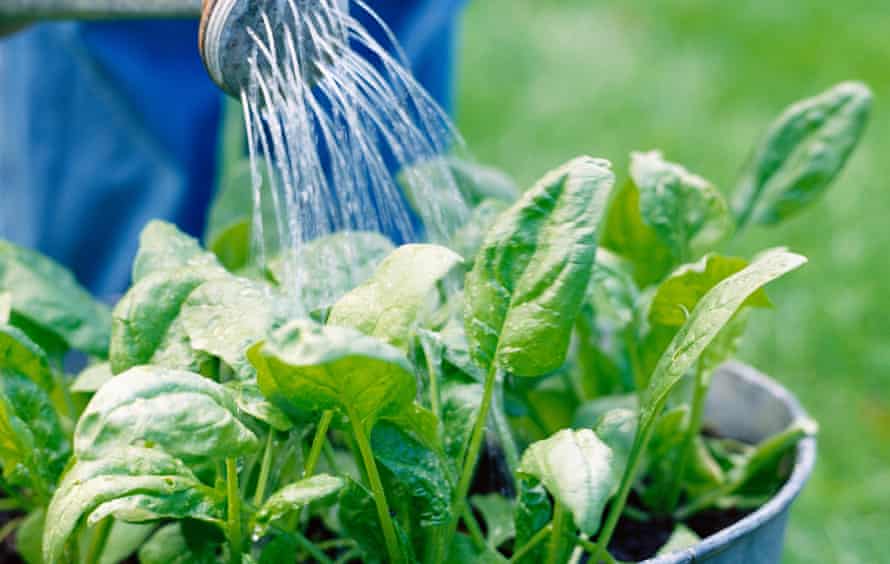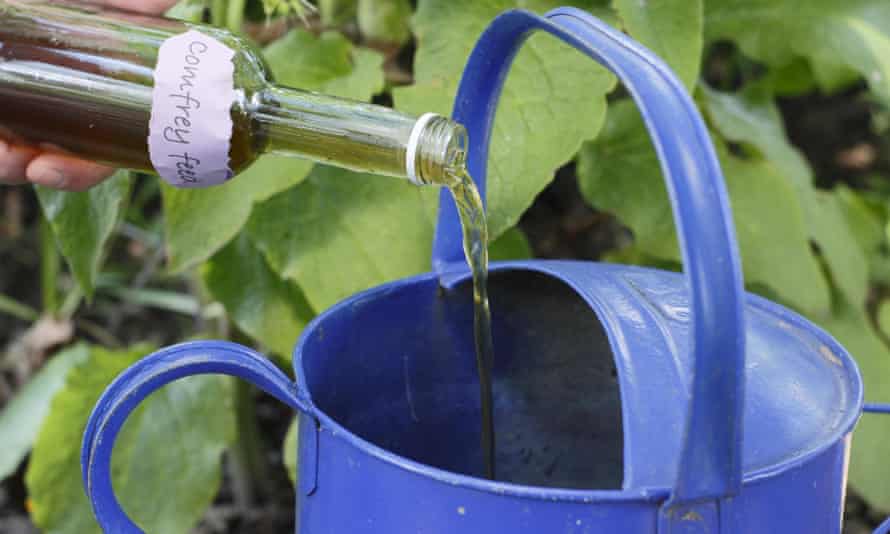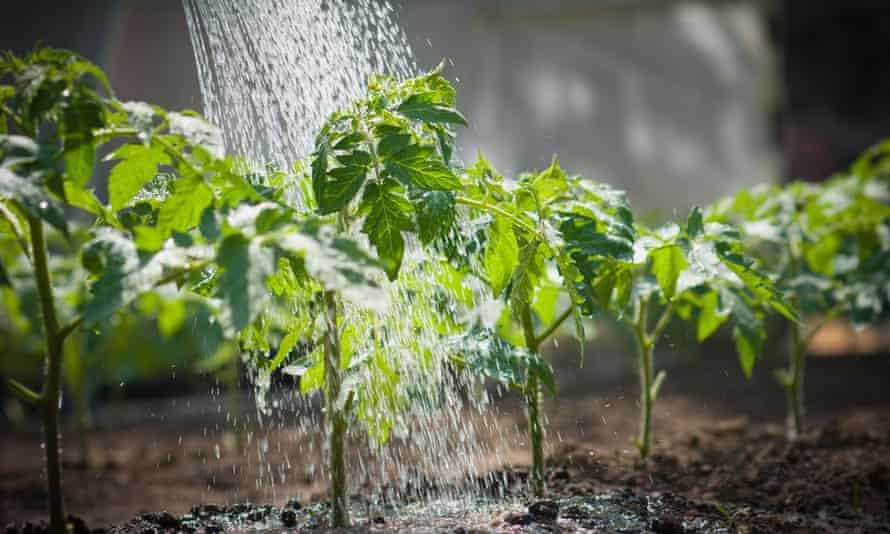How to make your veg flourish with a good soaking
Consistent, deep watering is key, particularly for annual vegetables and anything grown in a pot

Do you know what makes me really happy? To wake to wet paving slabs and a blue sky. I want a night of gentle rain and a day to burn it away. But July is often one of the sunniest months, and the celestial beings seem rarely to give out such gifts.
Consistent, deep watering is key, particularly for annual vegetables and anything grown in a pot. It makes leafy things taste sweet; fattens tomatoes without them splitting or getting blossom-end rot; and stops spinach, coriander and chard from heading straight to bolting. It ensures even-skinned potatoes with no cracks, and bushes heavy with soft fruit.

But you cannot merely wave a watering can at the problem: you must water thoroughly and regularly. The water needs to penetrate deep down, or you will encourage the roots to grow near the surface, where they will dry out quickly. If this happens, you’ll be stuck in a cycle of plants that regularly wilt by midday.
You cannot rely on looking at the surface of the soil alone – wiggle your finger in up to the knuckle and assess how damp it is. You can also test the pot by hefting it (tipping it on to one side to feel its weight) – wet compost is heavy. Keep watering until you see it coming out of the drainage hole, or it pools on the surface.

Sometimes it is easy to tell if a plant is thirsty by looking for signs of stress. Floppy leaves (though, frustratingly, this can be caused by overwatering, too, so test the soil with your fingers first); crisp edges; dark purple colouring, particularly in tomatoes and brassicas; and pale, stunted growth are all signs a plant is not getting enough water.
Midsummer is also a time to feed plants, particularly if you are growing in pots. Most shop-bought compost has six to eight weeks of food in its formula, and after that it is up to you. For plants that fruit, such as chillies, tomatoes and aubergines, start feeding once the flowers appear. You can use either a liquid feed or some form of slow-release fertiliser.
I use a small handful of organic chicken manure pellets for vegetables such as courgettes, squash and potatoes, roughly every four weeks, but for pretty much everything else I use a liquid feed (see how to make your own here), made from comfrey, nettle or seaweed. Increasingly I’ve started to foliar feed, using a garden pressure sprayer, which gives a fine mist I can apply to the leaves. Plants can mobilise food through the leaves far more quickly than through the roots, so it’s a good pick-me-up for anything that is struggling. Foliar sprays should not be applied in direct sunlight, though, as this will scorch the leaves.
